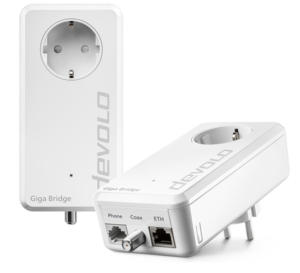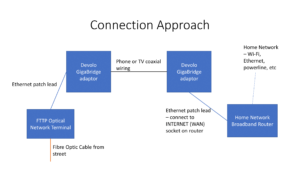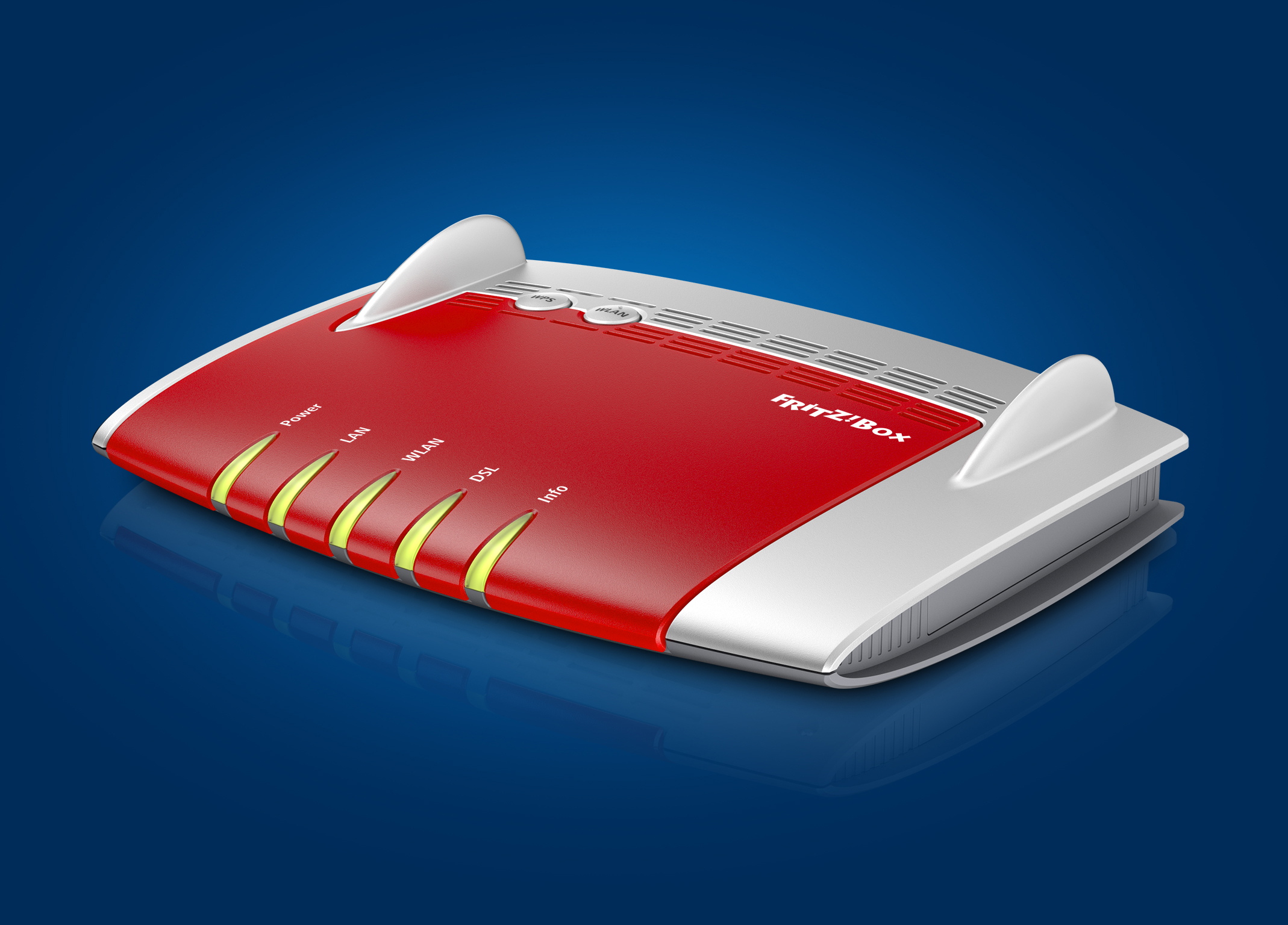Article – From the horse’s mouth
Devolo
Giga Bridge
(Product Page (Deutsch / English)
Press Release (German – Deutsch)
My Comments
Devolo have become the first manufacture to exploit G.Hn HomeGrid “no-new-wires” technology in a retail setting. Here, they have exploited this in their Magic range of powerline-network devices that use this technology rather than HomePlug AV2 technology which their dLAN range of powerline network devices support.
Why is this so? There is continued development of G.Hn HomeGrid technology with on-premises powerline technology moving towards 2.4GHz bandwidth as well as improved operation for “simple yet secure” network setup. This includes improved performance for powerline-network setups within apartments and similar single-building many-premises developments. Another factor is that G.Hn HomeGrid technology isn’t dependent on a particular wired physical connection medium – it can work with traditional phone-line cabling or TV coaxial cabling.
This was thanks to the HomePNA phone-line-based home-network technology being absorbed by the HomeGrid Alliance and brought in to the ITU G.Hn standards.
But Devolo are taking this further by offering a G.Hn HomeGrid kit that uses either TV coaxial cabling or phone-line cabling to establish a Gigabit point-to-point link using no new wires. But who are they pitching this kit to?
In Germany at least, a significant number of fibre-to-the-premises installations for single-family homes or terrace-style (townhouse-style) homes have the optical-network terminal installed in the house’s basement. The householders then end up installing the home-network Wi-Fi broadband router downstairs in that basement. But they lose out on Wi-Fi performance thanks to the ground floor being made of dense materials that absorb radio waves associated with the Wi-Fi network segment.
A very similar installation scenario affecting some single-family houses with an attached garage is to have the optical network terminal for a fibre-to-the-premises setup installed in that garage. Some of these dwellings may have the wall between the garage and the house proper heavily insulated or thickened because the garage isn’t seen as living space and that wall may be built out of or insulated with material that attenuates radio waves.
The household then has to consider using a Wi-Fi range extender, a powerline-based Wi-Fi access point kit or a mesh network setup to improve the Wi-Fi reception in their living spaces upstairs. This may be good enough if the basement is being purposed as some form of living space like a games room or young adult child’s bedroom.
But this device is designed to connect to the Ethernet WAN connection between the ONT and the Wi-Fi broadband router and “extend” that so the router is installed in the living areas. As well, it is meant to use the telephone cabling or the coaxial cabling associated with a TV aerial, cable TV service or satellite dish.
Here, it is built on the assumption that a lot of the telephone wiring or the TV-aerial wiring is consolidated and exposed within the basement or garage, typically for the convenience of the installers. This will usually be the sign of a properly-installed TV or telephony setup where these spaces were taken advantage of rather than a series of splitters or junction boxes installed downstream to cater for ad-hoc installation of extra phone or TV points.
They offer a similar device that uses G.Hn HomeGrid powerline connectivity for this same purpose. This device, known as the Fiber Connect, isn’t compatible with the HomePlug powerline connectivity standards and is focused as a point-to-point device
At the moment, the Devolo Giga Bridge device is focused on a point-to-point setup primarily for extending the Ethernet (WAN) connection further out. As Devolo works on implementing the G.Hn HomeGrid standard further for home networks, it could be about developing it to work with their Magic G.Hn powerline implementation or implementing it as a multipoint setup for phone-line or TV coaxial setups.
What is showing up here is that Devolo are putting their faith in the G.Hn HomeGrid home-network approach especially in the retail and direct-to-consumer marketspace. This is compared to only marketing devices based on that technology to ISPs, telco and professional installers who supply and install these devices.



